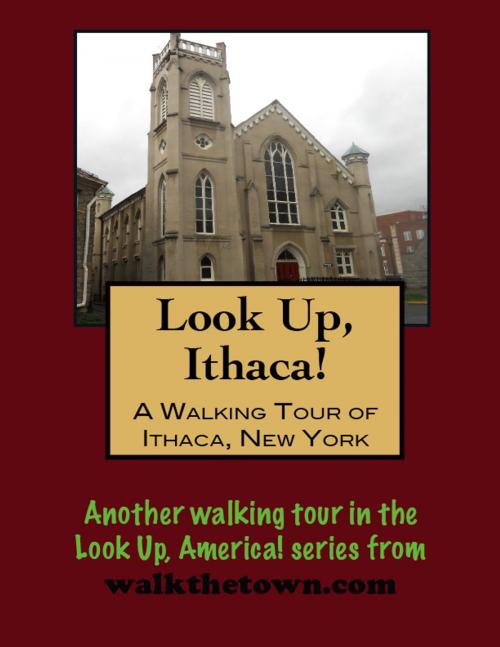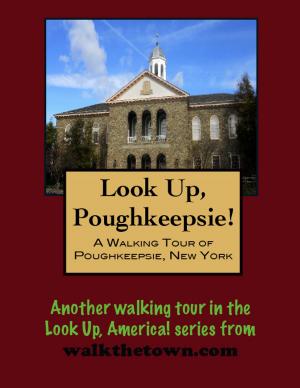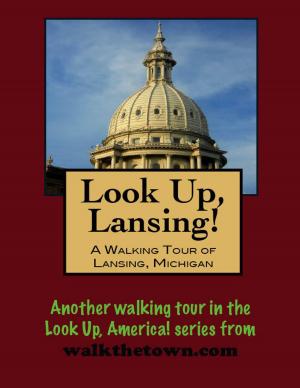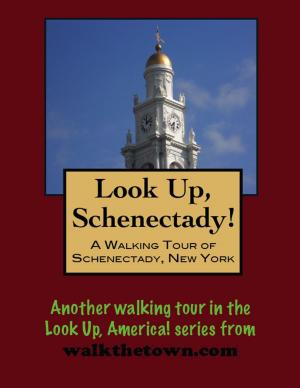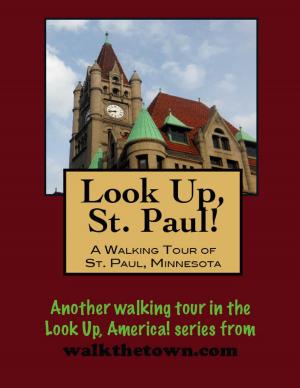| Author: | Doug Gelbert | ISBN: | 9781458146144 |
| Publisher: | Doug Gelbert | Publication: | January 31, 2011 |
| Imprint: | Smashwords Edition | Language: | English |
| Author: | Doug Gelbert |
| ISBN: | 9781458146144 |
| Publisher: | Doug Gelbert |
| Publication: | January 31, 2011 |
| Imprint: | Smashwords Edition |
| Language: | English |
There is no better way to see America than on foot. And there is no better way to appreciate what you are looking at than with a walking tour. Whether you are preparing for a road trip or just out to look at your own town in a new way, a downloadable walking tour is ready to explore when you are.
Each walking tour describes historical and architectural landmarks and provides pictures to help out when those pesky street addresses are missing. Every tour also includes a quick primer on identifying architectural styles seen on American streets.
Perched at the southern end of Cayuga Lake, the largest of the Finger Lakes, Ithaca has always been defined by its unique topography. The gorges and waterfalls for which it is famous are ballyhooed today to attract people to the city; historically they have made it difficult for folks to get here. In the 19th century the railroads went elsewhere along easier routes and in the 20th century the interstate system similarly bypassed the city - there is no highway within a half an hour of Ithaca.
The first settlers with names like Yaple and Dumond and Hinepaw came west from the Hudson Valley after the Revolutionary War to claim land in the Finger Lakes region offered as a reward for service. Ithaca was planned by Simeon DeWitt, the State Surveyor General, and it was named by him in 1804 because of its location within the Town of Ulysses - the ancient Greek whose home was on the island of Ithaki.
In the 1820s New York was in the throes of a canal craze and Ithaca saw itself as a budding water-based metropolis. In 1821 businessmen put a steamboat, The Enterprise, on the lake. Ground was broken in 1825 for a grand new hotel, the Clinton House, to accommodate the anticipated water traffic. The village bustled into the 1830s but those railroads didn’t come and the Panic of 1837 did and Ithaca’s growth essentially stagnated.
One who came and stayed was Ezra Cornell, an itinerant carpenter who was hired by Colonel Jeremiah S. Beebe to manage his flour mill of Fall Creek. Cornell became involved with the construction of lines for the new telegraph and invented the idea of protecting wires on wooden poles with glass insulators. He parlayed his ingenuity into a fortune as a founder of the Western Union company. Cornell drifted into the New York State Senate and Assembly and used the state’s Morrill Land Grant to create Cornell University on farmland located on East Hill.
Ithaca was known for producing high-quality shotguns and clocks as well but it would be Cornell University and the Ithaca Conservatory of Music that opened in 1892 and became Ithaca College in the 1960s that came to define the city, that was incorporated in 1888. Today there are about 30,000 residents of Ithaca and 30,000 students in the city. We’ll probably see plenty of both on our walking tour that will start on a patch of land that has remained undeveloped since it was set aside 200 years ago...
There is no better way to see America than on foot. And there is no better way to appreciate what you are looking at than with a walking tour. Whether you are preparing for a road trip or just out to look at your own town in a new way, a downloadable walking tour is ready to explore when you are.
Each walking tour describes historical and architectural landmarks and provides pictures to help out when those pesky street addresses are missing. Every tour also includes a quick primer on identifying architectural styles seen on American streets.
Perched at the southern end of Cayuga Lake, the largest of the Finger Lakes, Ithaca has always been defined by its unique topography. The gorges and waterfalls for which it is famous are ballyhooed today to attract people to the city; historically they have made it difficult for folks to get here. In the 19th century the railroads went elsewhere along easier routes and in the 20th century the interstate system similarly bypassed the city - there is no highway within a half an hour of Ithaca.
The first settlers with names like Yaple and Dumond and Hinepaw came west from the Hudson Valley after the Revolutionary War to claim land in the Finger Lakes region offered as a reward for service. Ithaca was planned by Simeon DeWitt, the State Surveyor General, and it was named by him in 1804 because of its location within the Town of Ulysses - the ancient Greek whose home was on the island of Ithaki.
In the 1820s New York was in the throes of a canal craze and Ithaca saw itself as a budding water-based metropolis. In 1821 businessmen put a steamboat, The Enterprise, on the lake. Ground was broken in 1825 for a grand new hotel, the Clinton House, to accommodate the anticipated water traffic. The village bustled into the 1830s but those railroads didn’t come and the Panic of 1837 did and Ithaca’s growth essentially stagnated.
One who came and stayed was Ezra Cornell, an itinerant carpenter who was hired by Colonel Jeremiah S. Beebe to manage his flour mill of Fall Creek. Cornell became involved with the construction of lines for the new telegraph and invented the idea of protecting wires on wooden poles with glass insulators. He parlayed his ingenuity into a fortune as a founder of the Western Union company. Cornell drifted into the New York State Senate and Assembly and used the state’s Morrill Land Grant to create Cornell University on farmland located on East Hill.
Ithaca was known for producing high-quality shotguns and clocks as well but it would be Cornell University and the Ithaca Conservatory of Music that opened in 1892 and became Ithaca College in the 1960s that came to define the city, that was incorporated in 1888. Today there are about 30,000 residents of Ithaca and 30,000 students in the city. We’ll probably see plenty of both on our walking tour that will start on a patch of land that has remained undeveloped since it was set aside 200 years ago...
